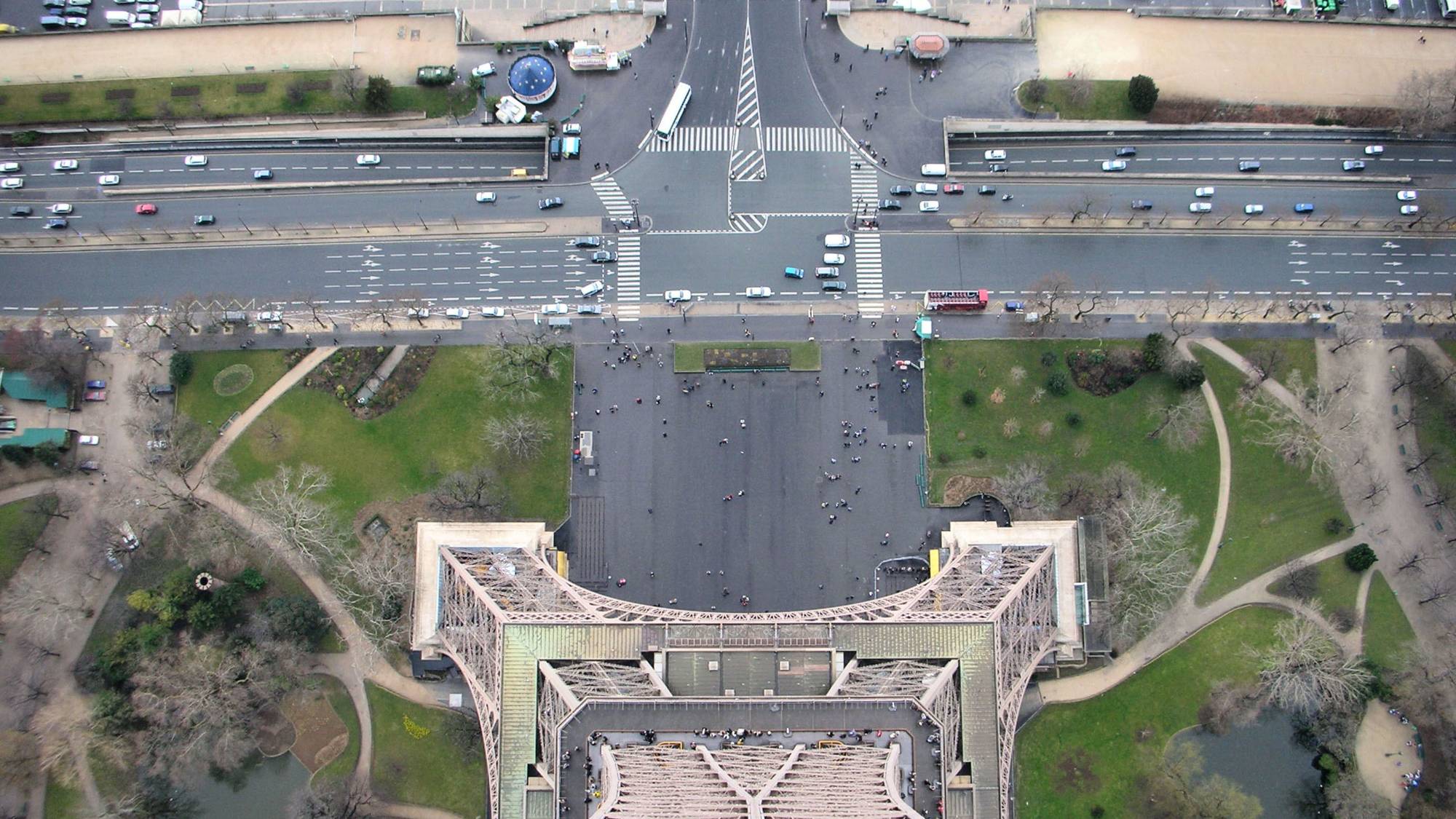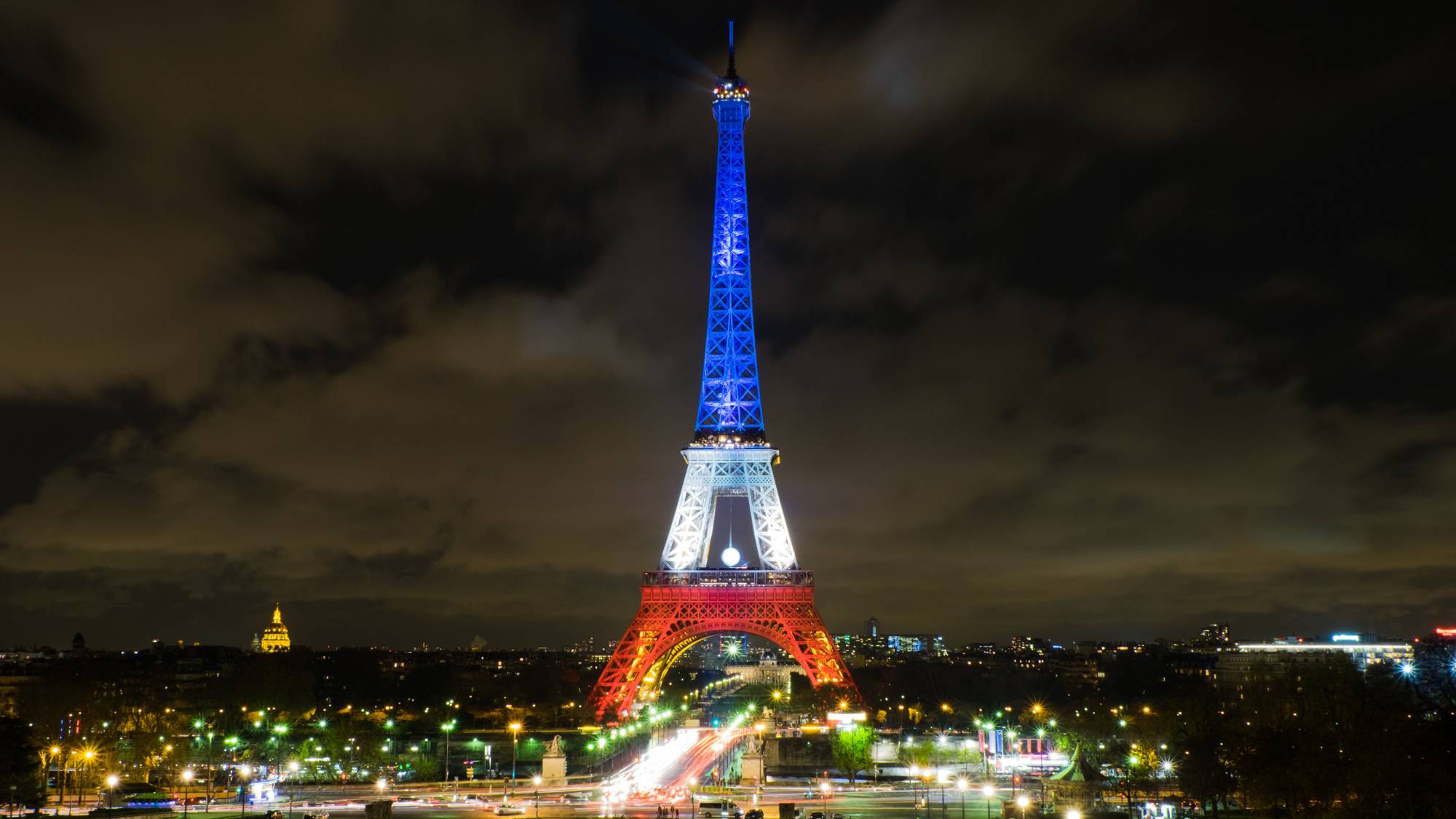🇫🇷 Eiffel Tower
The Eiffel Tower is a wrought iron lattice tower on the Champ de Mars in Paris, France.
Multiple empty <p> tags
Beijing was once known as one of the world's most polluted cities, with dense smog and acrid air a daily reality for residents.
Now, its skies are mostly blue — a sign the Chinese capital is entering a new era of clean air, the country's Minister of Ecology and Environment claimed last Wednesday.
An <ul> tag followed by a <p> tag
This is a list
- item a
- item b
- item c
and a paragraph followed by the list.
An <ol> tag followed by a <p> tag
This is a list
- item a
- item b
- item c
and a paragraph followed by the list.
Constructed from 1887–89 as the entrance to the 1889 World's Fair, it was initially criticized by some of France's leading artists and intellectuals for its design, but it has become a global cultural icon of France and one of the most recognisable structures in the world. The Eiffel Tower is the most-visited paid monument in the world. 6.91 million people ascended it in 2015.
The tower is 324 metres (1,063 ft) tall, about the same height as an 81-storey building, and the tallest structure in Paris. Its base is square, measuring 125 metres (410 ft) on each side. During its construction, the Eiffel Tower surpassed the Washington Monument to become the tallest man-made structure in the world, a title it held for 41 years until the Chrysler Building in New York City was finished in 1930. Due to the addition of a broadcasting aerial at the top of the tower in 1957, it is now taller than the Chrysler Building by 5.2 metres (17 ft). Excluding transmitters, the Eiffel Tower is the second-tallest structure in France after the Millau Viaduct.


The design of the Eiffel Tower was the product of Maurice Koechlin and Émile Nouguier, two senior engineers working for the Compagnie des Établissements Eiffel, after discussion about a suitable centrepiece for the proposed 1889 Exposition Universelle, a world's fair to celebrate the centennial of the French Revolution. Eiffel openly acknowledged that inspiration for a tower came from the Latting Observatory built in New York City in 1853.
In May 1884, working at home, Koechlin made a sketch of their idea, described by him as 'a great pylon, consisting of four lattice girders standing apart at the base and coming together at the top, joined together by metal trusses at regular intervals'.
Eiffel initially showed little enthusiasm, but he did approve further study, and the two engineers then asked Stephen Sauvestre, the head of company's architectural department, to contribute to the design. Sauvestre added decorative arches to the base of the tower, a glass pavilion to the first level, and other embellishments.
After some debate about the exact location of the tower, a contract was signed on 8 January 1887. This was signed by Eiffel acting in his own capacity rather than as the representative of his company, and granted him 1.5 million francs toward the construction costs: less than a quarter of the estimated 6.5 million francs. Eiffel was to receive all income from the commercial exploitation of the tower during the exhibition and for the next 20 years. He later established a separate company to manage the tower, putting up half the necessary capital himself.


Maintenance of the tower includes applying 60 tons of paint every seven years to prevent it from rusting. The tower has been completely repainted at least 19 times since it was built. Lead paint was still being used as recently as 2001 when the practice was stopped out of concern for the environment.
More than 250 million people have visited the tower since it was completed in 1889. In 2015, there were 6.91 million visitors.
The tower is the most-visited paid monument in the world. An average of 25,000 people ascend the tower every day which can result in long queues. Tickets can be purchased online to avoid long queues.

The Eiffel Tower was the world's tallest structure when completed in 1889, a distinction it retained until 1929 when the Chrysler Building in New York City was topped out.
The tower has lost its standing both as the world's tallest structure and the world's tallest lattice tower but retains its status as the tallest freestanding (non-guyed) structure in France.
This content cannot be displayed because cookies are disabled.
Change settings here.
Source: Wikipedia
